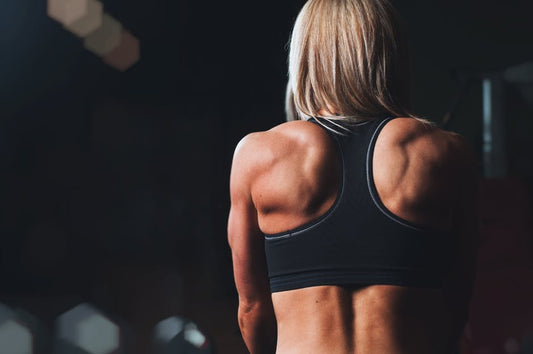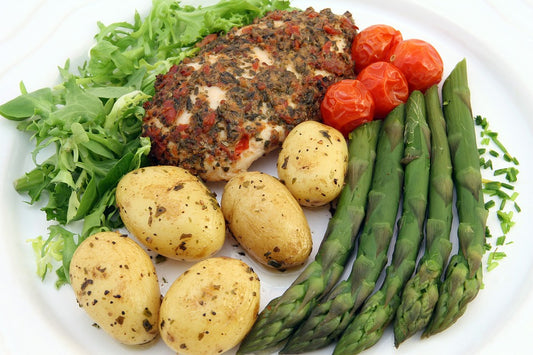CrossFit
Cross Training Workout – Muscle Ups – How to Do...
Muscle-ups refer to a full body CrossFit workout which involves performing a pull-up either on a pull-up bar or rings and then followed by a dip. Compared to dips and...
Cross Training Workout – Muscle Ups – How to Do...
Muscle-ups refer to a full body CrossFit workout which involves performing a pull-up either on a pull-up bar or rings and then followed by a dip. Compared to dips and...

Strengthening Your Backside with Glute-Ham Raise
Every athlete stepping into the CrossFit gym has their goal in check. For some, their goals could be athletic while others physique. Whichever you go for, your back strength, glute,...
Strengthening Your Backside with Glute-Ham Raise
Every athlete stepping into the CrossFit gym has their goal in check. For some, their goals could be athletic while others physique. Whichever you go for, your back strength, glute,...

How to Categorize Cross Training Athletes Nutri...
In sports, the success of an athlete is determined by numbers of factors, some of which include motivation, training, talent, resistance to injury among others. This means accomplished athletes need...
How to Categorize Cross Training Athletes Nutri...
In sports, the success of an athlete is determined by numbers of factors, some of which include motivation, training, talent, resistance to injury among others. This means accomplished athletes need...

Improving Your Chest to Bar Pull Ups
Chest to bar pull-ups is one of the common CrossFit movements athletes should familiarize themselves with. To do them, you need some strength in place as well as technique. If...
Improving Your Chest to Bar Pull Ups
Chest to bar pull-ups is one of the common CrossFit movements athletes should familiarize themselves with. To do them, you need some strength in place as well as technique. If...

Cross Training Exercises You Can Do with Just a...
Pull-up bars are some of the favorite pieces of equipment for any serious CrossFitter looking to enhance his workout. You can have pull-up bars anywhere in your house, and this...
Cross Training Exercises You Can Do with Just a...
Pull-up bars are some of the favorite pieces of equipment for any serious CrossFitter looking to enhance his workout. You can have pull-up bars anywhere in your house, and this...

Athletes Diet: Intake of Carbohydrates for Trai...
Carbohydrates are the backbone of sports nutrition. Endurance athletes around the world consume foods rich in carbohydrates to give them the energy to sustain their training over long periods. During...
Athletes Diet: Intake of Carbohydrates for Trai...
Carbohydrates are the backbone of sports nutrition. Endurance athletes around the world consume foods rich in carbohydrates to give them the energy to sustain their training over long periods. During...

